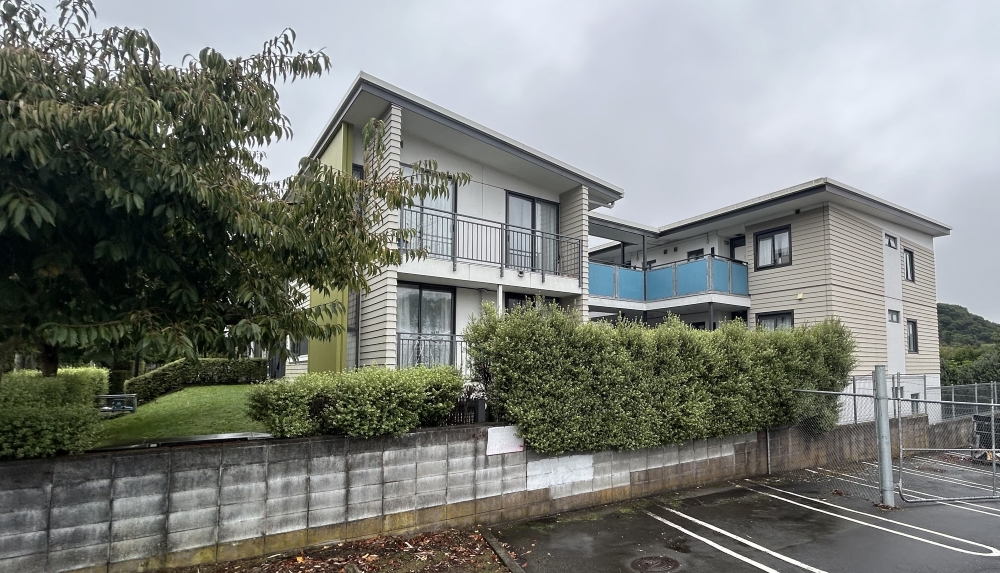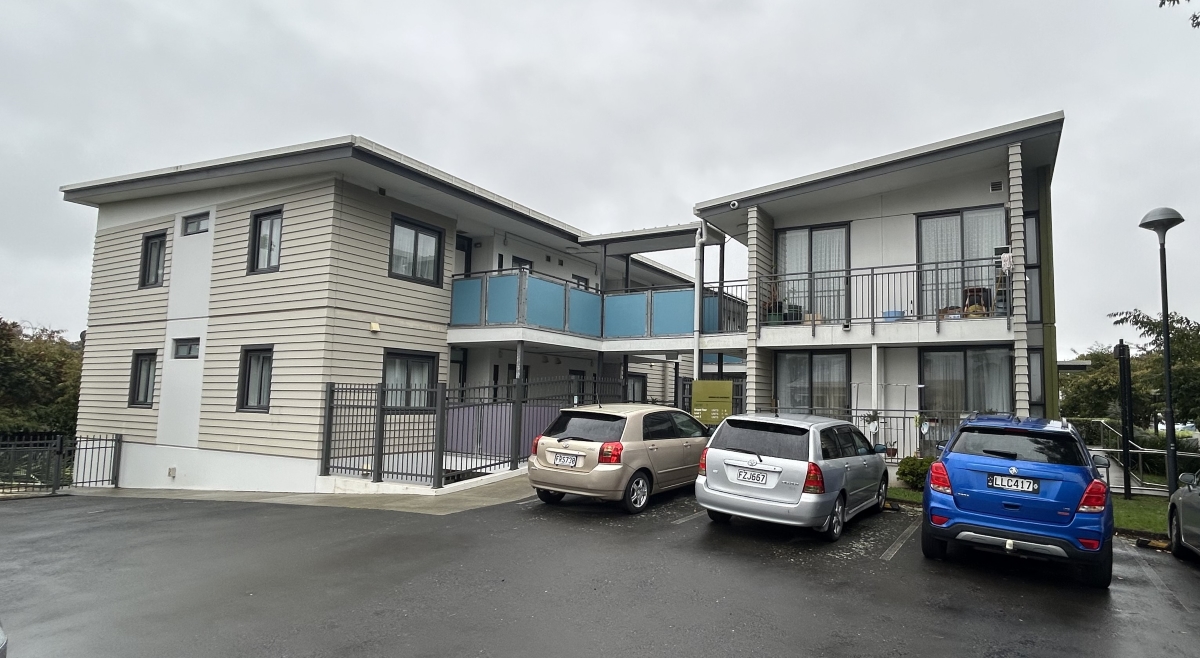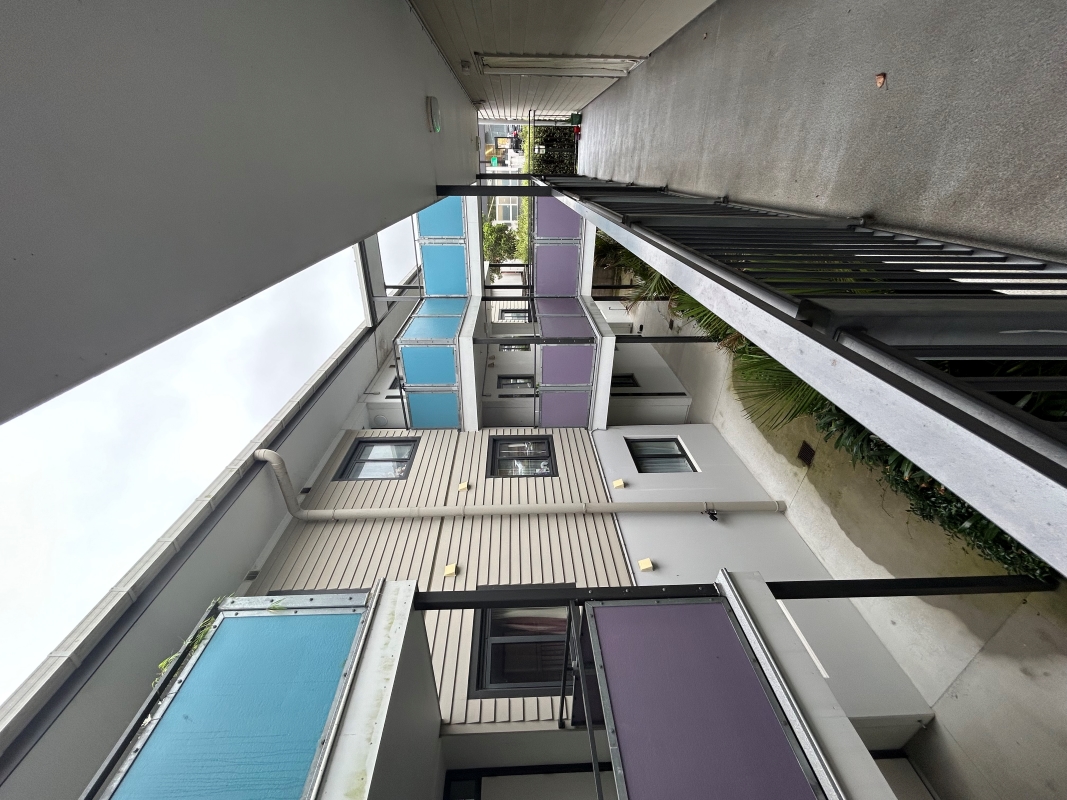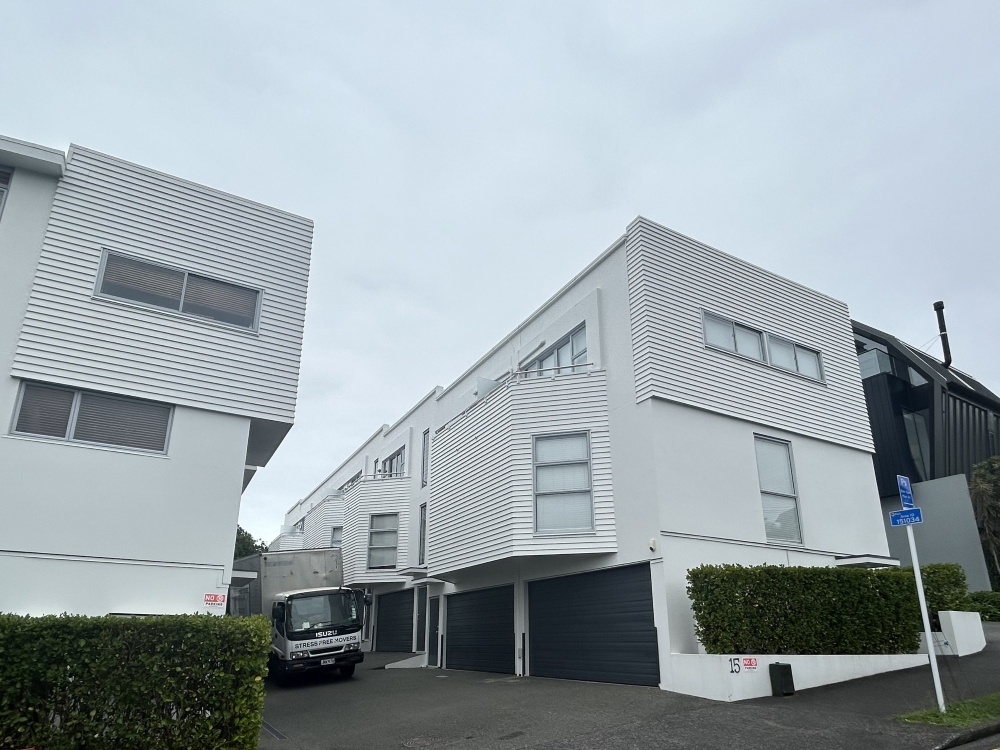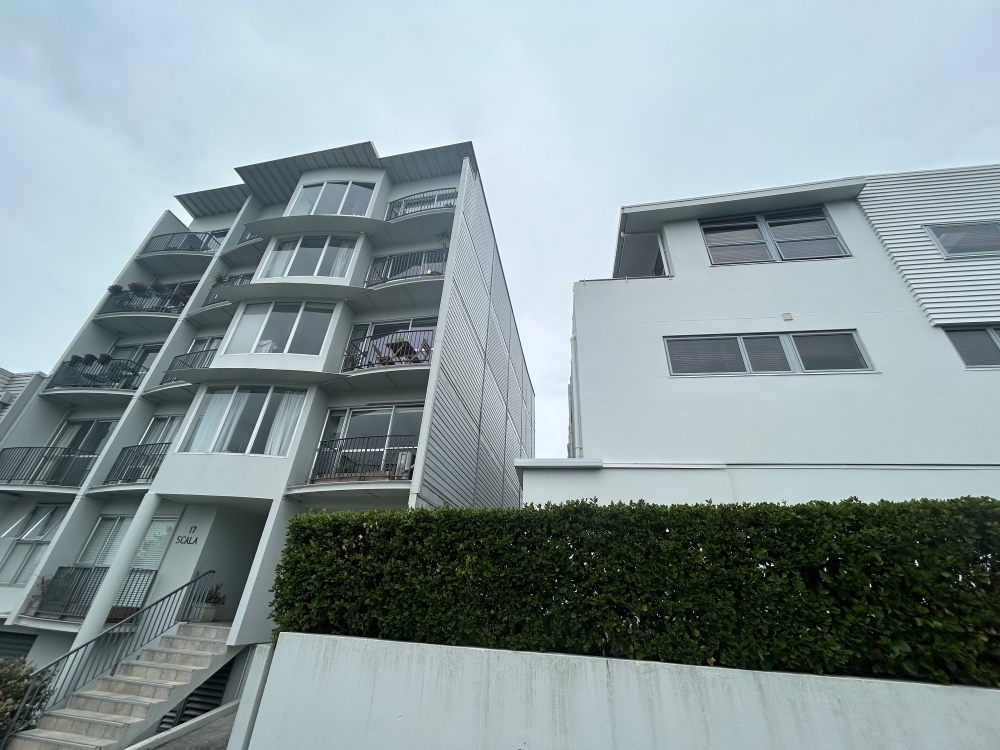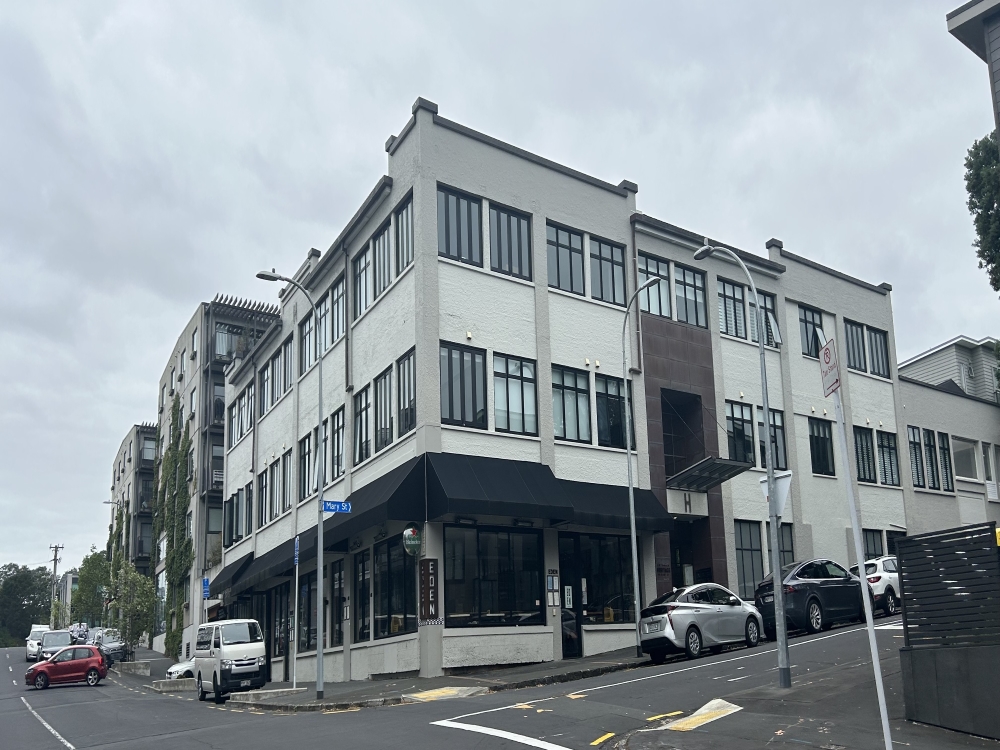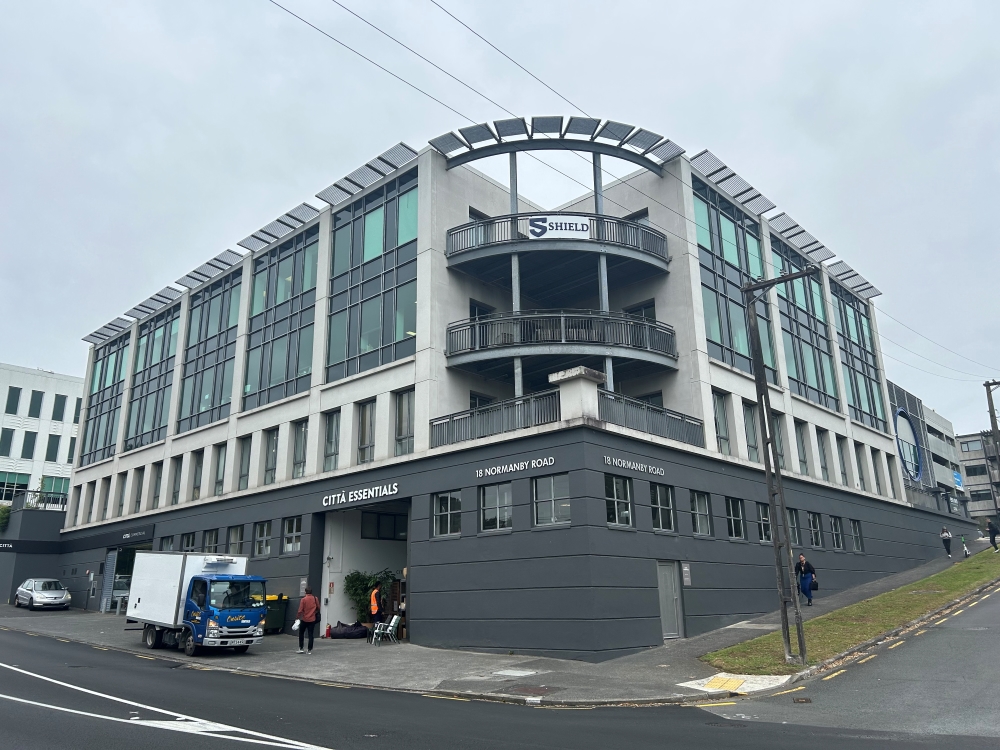This 3 level apartment project in Three Kings, Auckland, was the first Housing New Zealand development post a massive lull in new projects during and post the global financial crisis. The development management team was two of us when I joined but it quickly grew.
I was in charge of securing the builder- it went through an RFP design build process. Well actually there was a committee to decide who the successful RFP would be but no one else could make a decision so I said – “ok anyone not ok if I choose then?”
Silence.
So I chose.
I got the successful builder into the office. He had a DB sum of $ 7m something. I said “start with a 6 and its yours”. “No problem” and off we were.
At that time, once the deal was signed I would handover to a delivery department…..hmmm….I hope they kept the cost starting with a 6!
The project is practical social housing.
It’s ironic it was raining at the time of my most recent visit. Because the last time I went there, I had a new CEO and some board members and maybe a politician as well to show off first project of the modern generation. The unit we chose to open the door to, the CEO went in first, then scurried back and quietly said to me “Andrew the floor is flooded”
“Sh$t!”
Anyway we quickly found another unit, a dry one, one that the HWC hadn’t burst. Me,the CEO and the builders little secret. Lesson learned- check before you let a VIP go first.
The builder was very good though. Some innovations included a hidden double wall where the retaining met the lower floor habitable spaces. So no relying on a single layer of tanking to waterproof the block wall – those can fail all the time- ok for garages but that is about it.
Another innovation is rather than use weatherboard cladding on all surfaces the builder actually ran a weatherboard pattern in pre cast concrete for some of the more difficult walls- all in the name of lower maintenance . You can’t tell the difference.
All said and done the project later went on to win a Property Council award. That builder went on to develop a huge number of affordable homes for sale and rent- taking concrete innovation to a whole new level.
